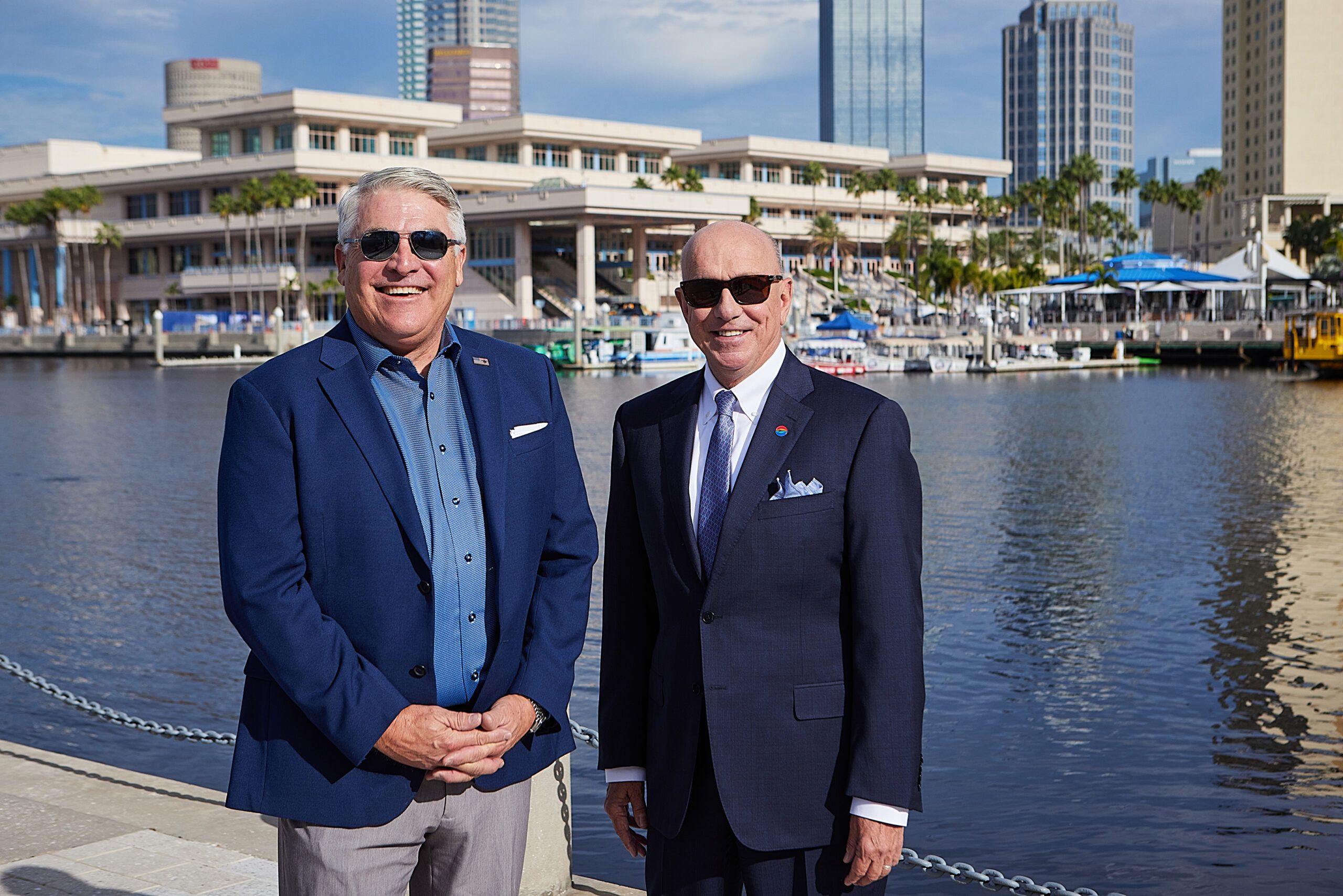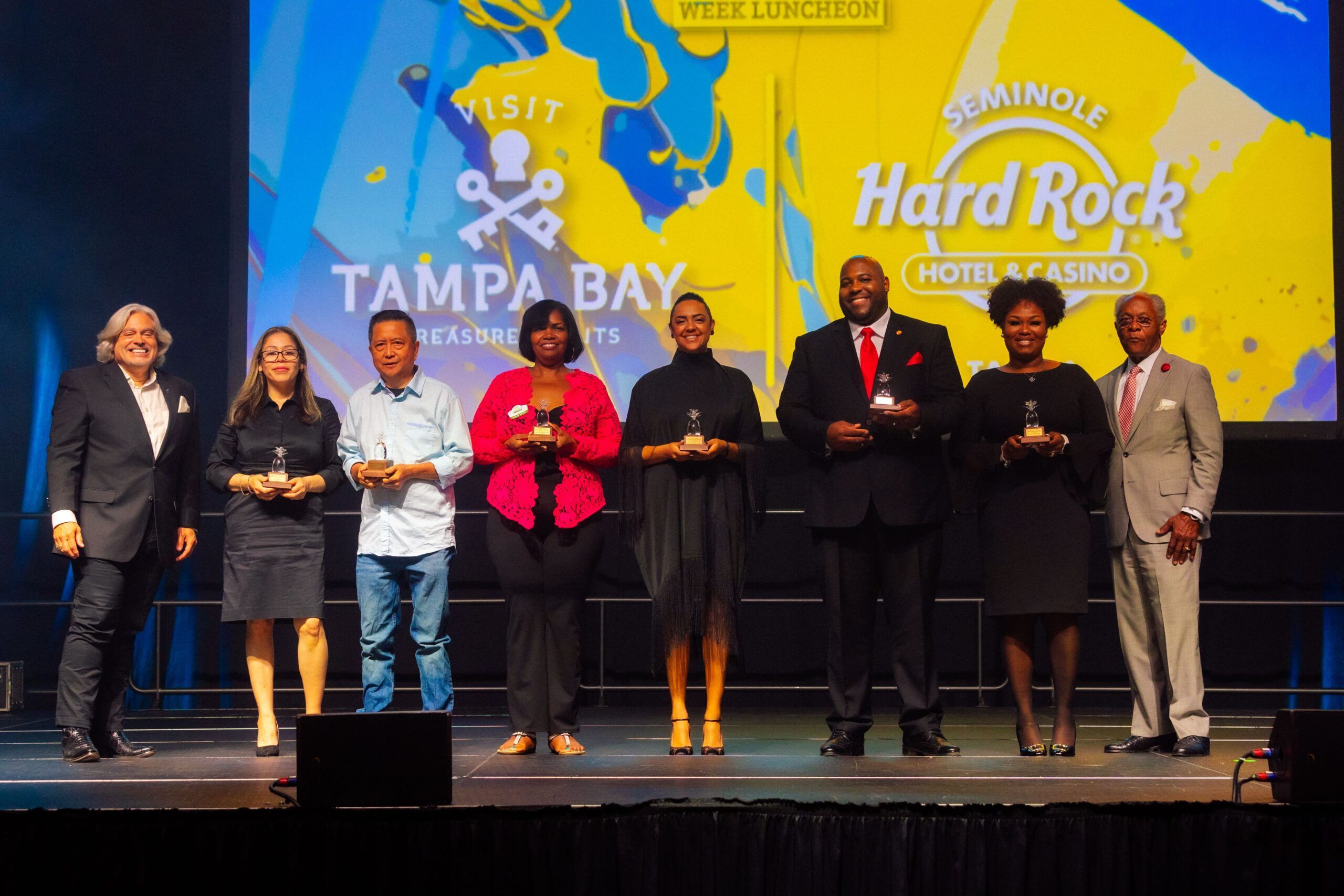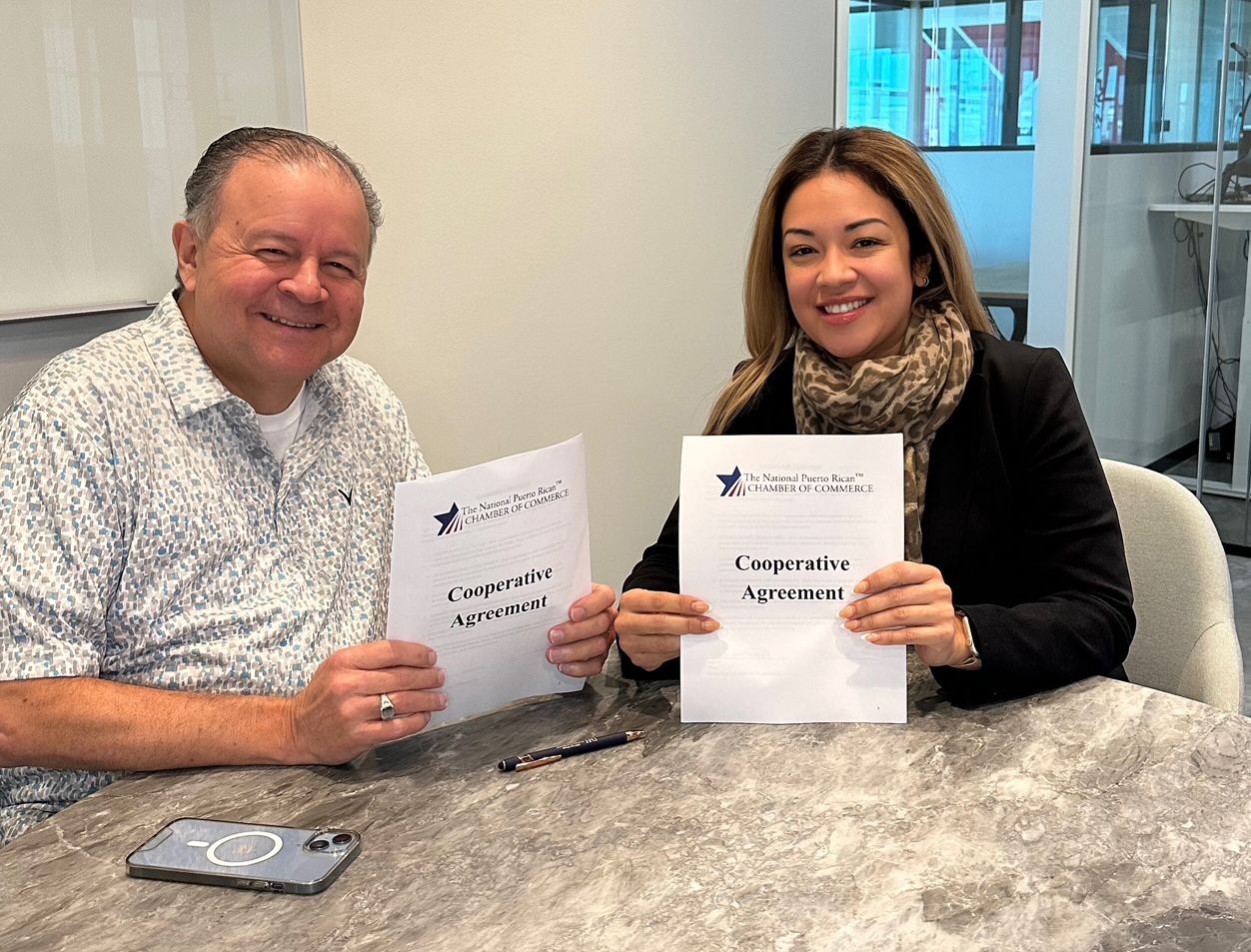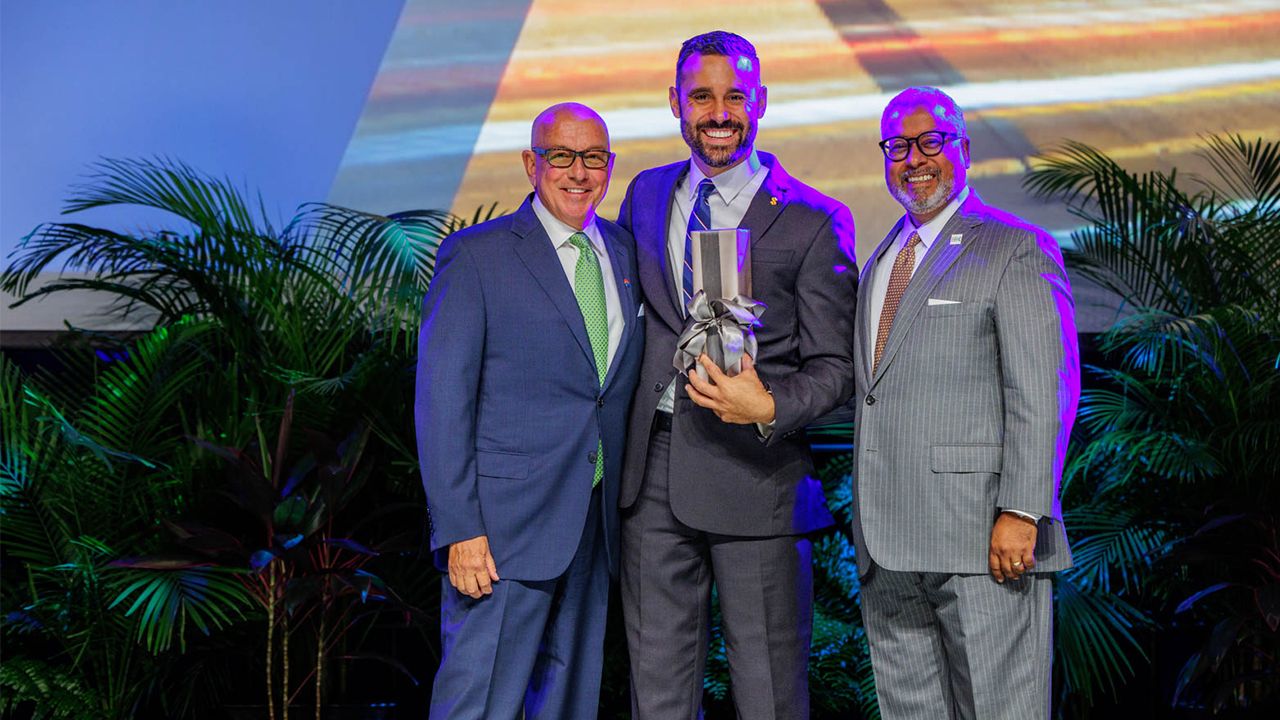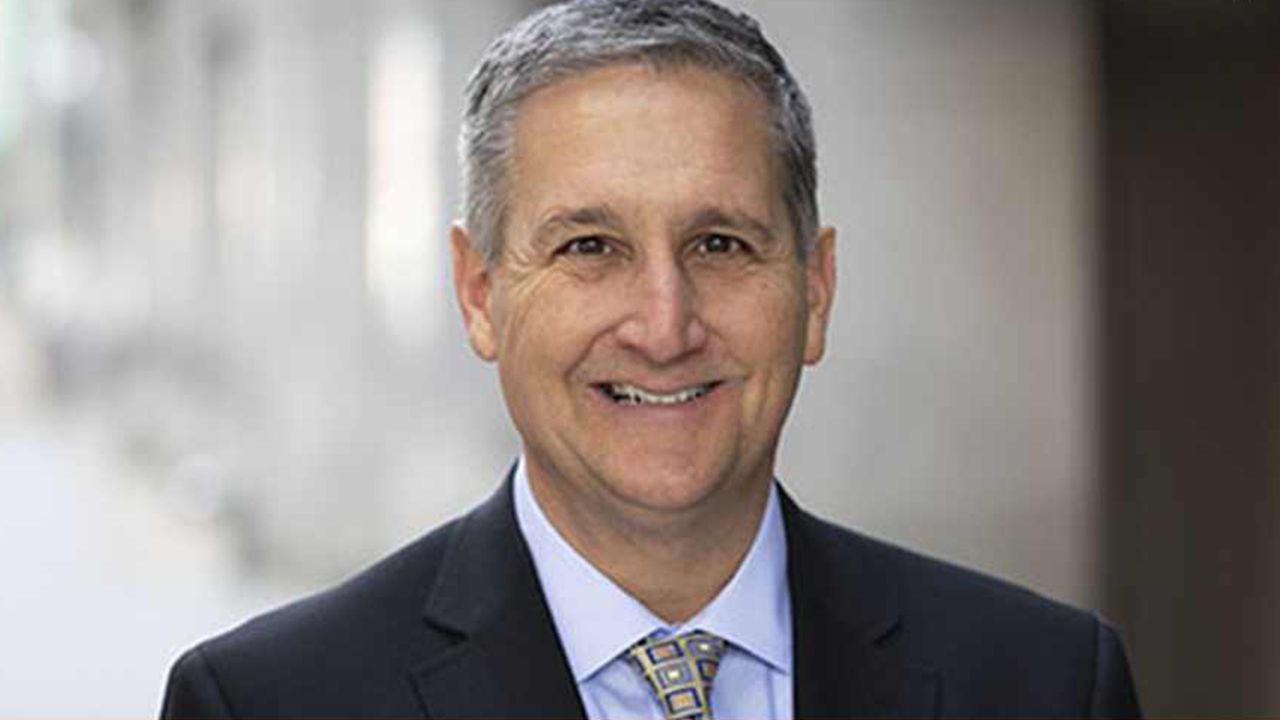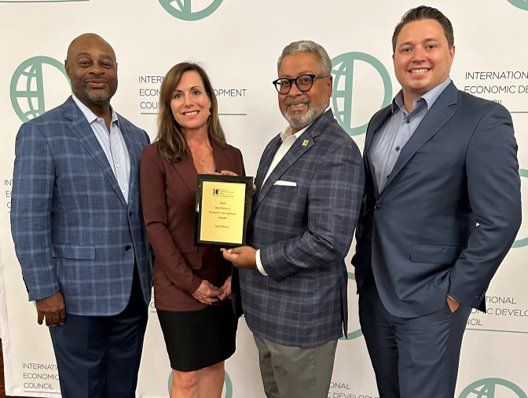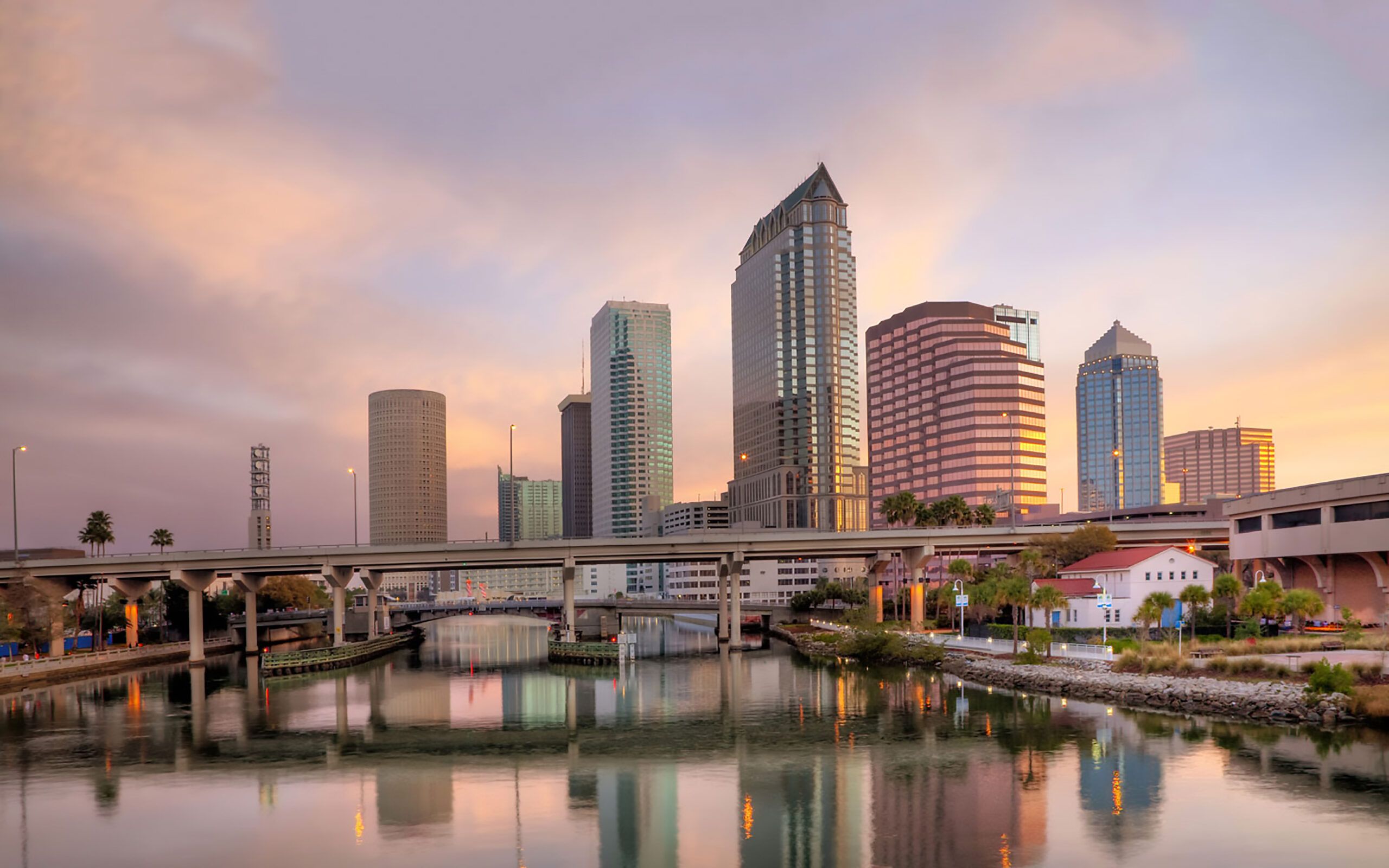It’s a sunny morning in downtown Tampa. The weather has begun to shift from the oppressive heat the Tampa Bay area experiences most of the year to a breezy, humid-free atmosphere. The leaders of two of the biggest economic drivers in the community are strolling along the riverfront, coffees in hand. There are plenty of crucial industry topics to discuss, but that can wait.
First, it’s time for two friends to catch up and scroll through photos on their phones and ask each other about their families.
After all, it’s the relationship built, and sustained, between Joe Lopano, chief executive officer of Tampa International Airport, and Paul Anderson, president and CEO of Port Tampa Bay, which has allowed both entities, and the region, to grow and prosper, in ways other regions have not.
The agencies combined have an economic impact of more than $25 billion and create more than 90,000 jobs, according to data pulled from their respective financial reports.
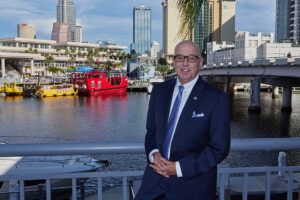
“When I first started, which was 10 years ago—almost 11 years ago—the port and the airport didn’t talk to each other,” says Lopano. “They didn’t like each other. And I remember when Paul started, we brought our management teams together and started talking about things that are important.”
Those meetings ended up being the catalyst for a symbiotic relationship, resulting in major wins for the region and a lot of new dollars flowing into the Tampa Bay area economy.
“There’s a lot of commonalities. They’re unique businesses, for sure. But there’s a lot of commonalities, like [encompassing a large amount of] real estate,” Lopano adds.
Real estate is just the tip of the iceberg of common issues the airport and port face. Logistics, supply chain issues security threats being just a few, with supply chain disturbances being a major topic of concern in recent months.
“Ninety-nine percent of Americans can’t tell you much about the logistics supply chain in our industry, because everybody knows what a good airport looks like … Tampa,” says Anderson. “Everybody knows what a bad airport looks like.”
What Anderson is alluding to is that most, if not all, Americans have traveled through an airport at some point of their life. They’ve experienced it. But most Americans have no clue what an impressive cargo port looks like or understand how it functions.
“Four years ago, we didn’t have one major container service in this port,” Anderson says. “I got a lot of criticism, including some from major media outlets, which came and hammered me for buying cranes that didn’t go to work the next day, and it took a couple of years for us to convince some ships to come here.”
SUPPLY & DEMAND WOES
Shopping patterns of Americans were evolving long before the COVID-19 pandemic made its way into the United States, but it put that evolution into high gear as more, and more, people relied on online shopping and delivery, sometimes with products that were related to health like medical devices, hand sanitizer, face masks and other protective gear for frontline workers.
“Four years ago, we didn’t expect Amazon to have their own fleet of 767s, and now they do and they’re bringing cargo into Tampa like three to five widebodies, a day,” Lopano says. “We’ve grown [cargo] year over year.”
That growth is the reason that some regions are experiencing serious supply chain issues. Ships are stalled on coasts, prices for goods are increasing and shelves are sitting empty. But Florida has a message for the world: Bring your ships here.
“When Joe mentions the growth in his cargo, that’s what’s happening to the global supply chain, particularly in the United States,” Anderson says. “If you throw 30% growth over last year into the supply chain, it’s going to take a while to adapt. It’s not broken, it’s adapting. That’s what we’re seeing now. Ecommerce and people have now gotten used, particularly Americans, to having everything they want to be delivered to their doorstep. A lot of it’s coming in through the airport and a lot of it’s coming in through our ports.”
Access is one of the key components working for the Tampa Bay area. Central Florida is uniquely positioned to be able to reach all of Florida within a day’s drive, at the most—from the tip of the Keys to the Georgia state line.
“One of the wonderful things about our region is we have over 300 distribution centers within an hour of Tampa,” Anderson says. “One of our advantages, as a port, is that we can reach all those distribution centers, within an hour’s drive.”
It’s no surprise that companies, like Amazon, are buying large plots of land in the area and setting up fulfillment centers: for access.
“The fact that they can build a distribution center that’s near a major international airport, and there’s Lakeland and there’s Orlando, in the [Interstate] 4 corridor. You have a lot of ways to get the cargo here. If it must come here fast, it’s going on a plane. If it doesn’t have to come here fast, it’s going on a boat,” Lopano says.
In addition, the truck shortage plaguing other metropolitan areas isn’t happening in Tampa Bay.

“We don’t have a truck shortage here. If drivers come into Tampa, they can do four turns in a day, in the same car. That’s why we want to reroute the thinking of the ocean carriers in the cargo world,” Anderson says. “We are working every day with the major big-box retailers, all the way from your Nikes, down to your grocery stores to get them to use Florida’s ports … and, in our case particularly, Port Tampa Bay.”
There are a number of factors when diving into the issue of getting goods from point A to point B, but location is a big one.
Some states have cargo ships sitting offshore that are unable to dock and unload. This hasn’t happened in the Tampa Bay area and a thriving workforce is one of the reasons why.
“We have the workforce. California has incredible layers of regulatory burdens, like the clean truck act, which has limited their trucks. They’ve pushed out independent truck operators, which are the mom and pops of the trucking industry. You have union contracts that limit their hours,” Anderson says. “In Florida, we are a right-to-work state. Our unions are very collaborative with how we run our operations. We also don’t have the same stress on infrastructure here.”
THE INVISIBLE THREAT
Security is another area where Lopano and Anderson stand on common ground.
“Security is, in my opinion, an area that we have an incredible synergy on how we deal with it,” Anderson says. “We’ve worked together on our Safety Summit, which includes a lot of security, for many years. The cybersecurity threat to our nation’s infrastructure is more than anyone person really understands. And it’s something we deal with every single day. It can shut us down.”
Lopano echoes the concerns.
“If we get taken down, if our banking systems are hacked, no one’s going anywhere,” Lopano says. “When Tampa goes down, so does Los Angeles, so does Houston and so does Dallas, because those planes all start in Tampa. The whole country gets affected. You might ask the question, what keeps you awake at night and, quite honestly, it’s cybersecurity.”
Anderson adds: “We just hosted the Florida cyber forum, with the Department of Defense, Department of Economic Opportunity and associated industries of Florida, at our cruise terminal, [and] had an incredible conference. It’s something that we’re really focused on. From the standpoint of telling [leaders], this is an issue that every person who runs a business should be aware of, and every person individually should be aware of,” Anderson says.
CONFIDENCE AND COLLABORATION
With the continued growth of both Tampa International Airport and Port Tampa Bay, one thing is guaranteed: As long as the leaders of both continue to work together, the possibilities are endless.
“When we both got here, this was the town of ‘No, we can’t.’ And we’ve turned it into the town of ‘Watch this,’” says Lopano, a former vice president at Dallas/Fort Worth International Airport. “When I got here, we had British Airways flying a few days a week to London. And before the pandemic hit, we had two, or three, years of record-breaking traffic. 2020 was going to be the most unbelievable year possible … that’s because we believed in ourselves.”
Confidence and collaboration are key. Relationships can get things done. But friendships just make it all more fun.
“I think as a city, and as a region, we’ve grown up a lot. I’ve seen this city change before my very eyes,” Lopano says.
“The relationship that Joe and I have is deeper than a business relationship. It’s personal. We have a lot in common. When you like people, it’s really easy to do deals together,” Anderson says.
“If you don’t care who gets the credit, you can get a lot of things done,” Lopano adds. ♦



